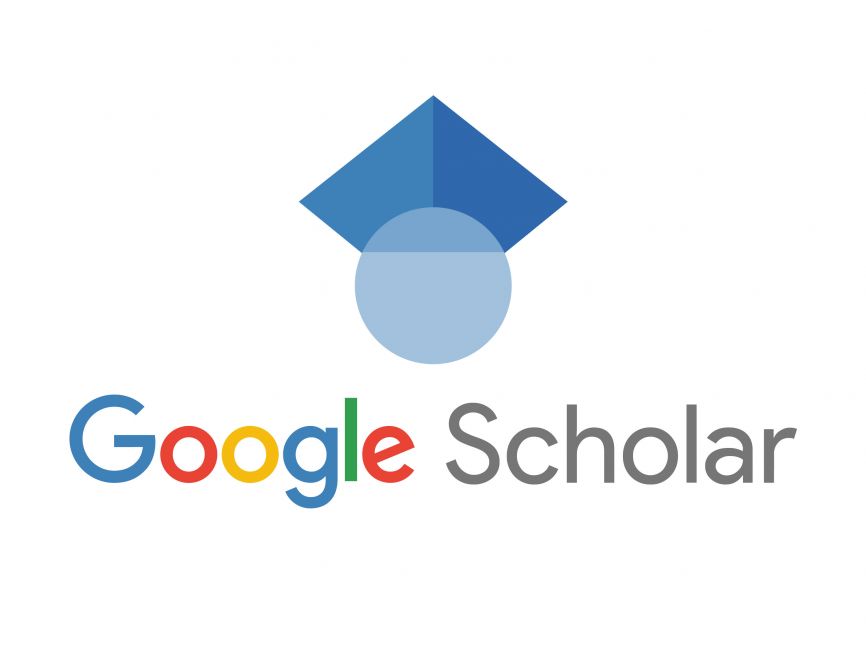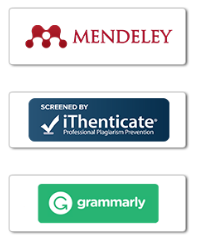Innovative Approaches to Teaching English as a Second Language: Integrating Technology for Enhanced Learning Outcomes
DOI:
https://doi.org/10.59613/global.v2i9.291Keywords:
ESL, Technology integration, Language learning, Digital tools, Educational innovationAbstract
This study explores innovative approaches to teaching English as a Second Language (ESL) by integrating technology to enhance learning outcomes. The rapid advancement of digital tools and platforms has revolutionized the educational landscape, offering new opportunities for language acquisition. This research examines the effectiveness of various technological tools, such as language learning apps, virtual classrooms, interactive multimedia, and artificial intelligence-based tutoring systems, in improving ESL instruction. Through a comprehensive literature review and analysis of case studies, the study identifies the benefits and challenges associated with the use of technology in ESL education. It highlights how technology can foster a more engaging, interactive, and personalized learning experience, thereby improving student motivation and retention rates. Moreover, the research discusses the role of technology in providing immediate feedback, facilitating collaboration, and enabling access to authentic language resources. However, the study also acknowledges potential drawbacks, such as digital literacy gaps, accessibility issues, and the risk of over-reliance on technology. The findings suggest that while technology can significantly enhance ESL learning outcomes, it is crucial to integrate it thoughtfully and complementarily with traditional teaching methods. This study provides valuable insights for educators, policymakers, and researchers aiming to leverage technology to optimize ESL instruction and foster more effective language learning environments.
Downloads
Published
How to Cite
Issue
Section
License
Copyright (c) 2024 Viktor Siumarlata

This work is licensed under a Creative Commons Attribution 4.0 International License.













